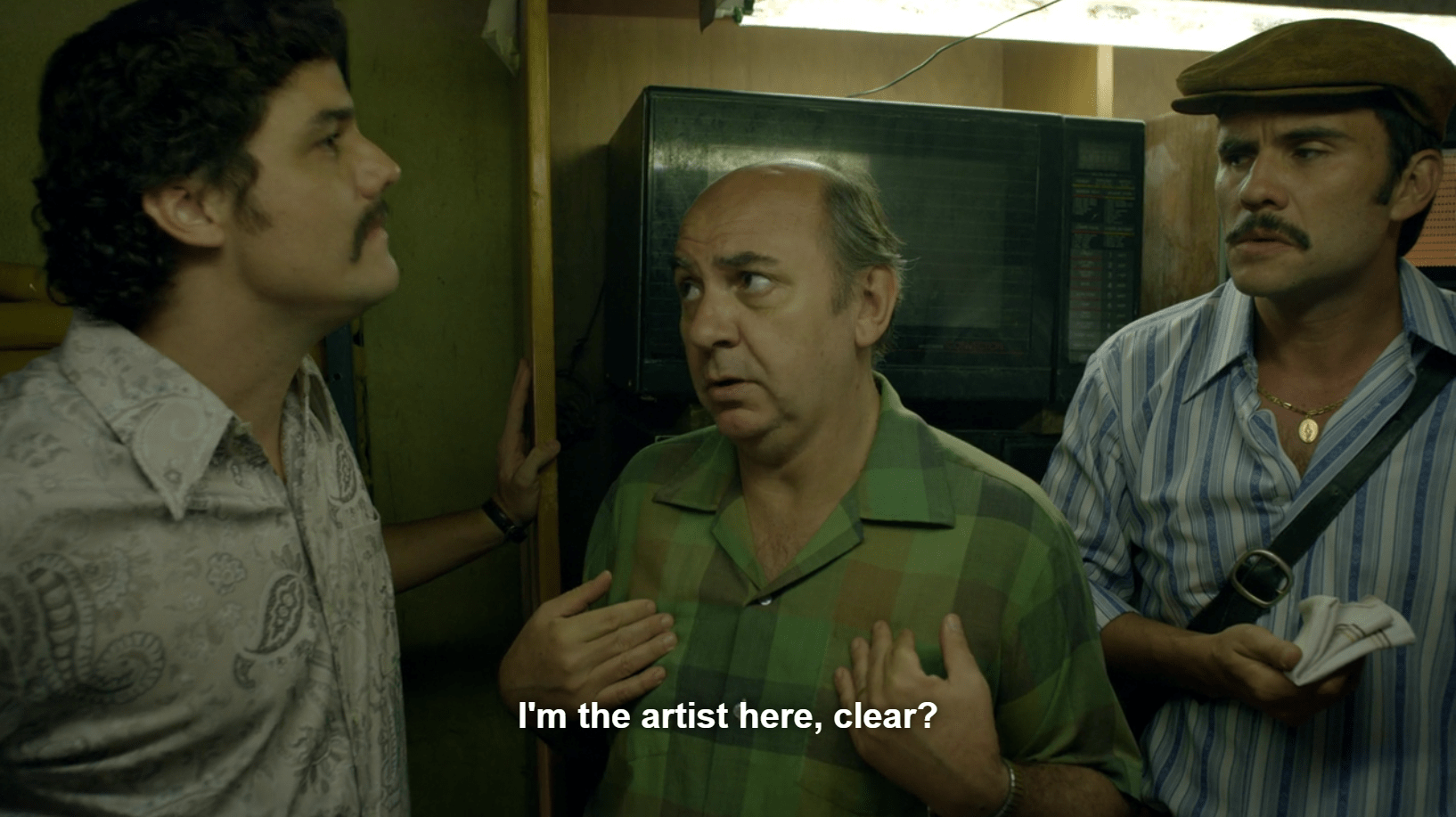Many of our clients ask us: “How can I protect my videos from people downloading or stealing them?” The answer is unfortunately very short: you can’t. No matter how strong of an encryption you use for streaming, or how many other layers of protection you use, if anyone can play your videos, your videos can be stolen. In most cases, users can just download them. Google’s Widevine DRM was a breakthrough in this area and is widely used, most famously by Netflix. Widevine works in recent Chrome, Opera and Firefox.
But just stopping people from downloading your videos isn’t enough. A user can just record and recompress your vide, a.k.a. screen capture or screen recording.. It’s a bit more work, but modern tools and powerful computers make video encoding and re-encoding easier. The free ffmpeg libraries are available to all open source projects. Or, you can just use a screen capturing software.
But there are ways to protect my videos from screen capturing, aren’t they?
Yes, Google’s Widevine makes it more difficult to screen capture full screen video with certain graphics cards. Does this mean you can’t screen capture Netflix? No. Here’s an example.

Stealing from Netflix is easier than stealing from narcos.
In the short clip you can see, that I was able to record the playback of Narcos in windowed mode and also switched to fullscreen. Is the recording lacking quality both in sound and visuals? Sure it does. But I recorded it by grabbing first tool I found in the search results (TinyTake) and the whole capturing process including registration took about 10 minutes. I didn’t spend any time or effort on making sure I had the best stream or the best software. Someone who is determined to create a decent-quality rip would have no problem to do so. The show was played and grabbed on Windows/Chrome.
My colleague has shown that Mac OS X is equally susceptible to screen capture.
Netflix uses the EME (Encrypted Media Extensions) to protect content from being downloaded. That’s a W3C specification based on Media Source Extensions (MSE) that allows usage of DRM software in HTML5 video. It basically allows the video to be loaded in your browser via a Javascript API and decrypt it with a CDM (Content Decryption Module). There are several modules for different devices. Chrome uses the Widevine module, which also should provide protection from screen capturing. As you can see from above, it doesn’t.
Are there any other ways to stop those annoying screen capturers?
No. Widevine does discourage them and slow pirates down a bit. Simple downloading won’t be possible. Sometimes some people won’t be able to screen capture. Here’s a list of Widevine-like DRM systems for the main desktop browsers and mobile platforms.
| Platform | CDM provider |
|---|---|
| Chrome 37+ | Google Widevine |
| Internet Explorer 11+ (Windows 8.1+ only) | Microsoft Playready |
| Microsoft Edge (Windows 10) | Microsoft Playready |
| Safari 8+ | Apple Fairplay |
| Firefox 47+ | Google Widevine |
| Opera 33+ | Apple Fairplay, Google Widevine |
| Android 4.3+ | Google Widevine |
| iOS 6+ | Apple Fairplay |
| Windows Phone 8.1+ | Microsoft Playready |
BTW, this list is not as imposing as it looks at first glance. Widevine supports both iOS and Android and all desktop platforms (Apple OS X, Linux and Windows) so for the small or medium-sized publisher you only need to cover a single DRM system (unlike Netflix which must stream via all DRM systems).
Widevine Alternatives
One of our clients approached us recently with another idea to discourage piracy and it’s a good one: watermarks. These can be added either during the video encoding, or during the playback via video player. If you add them during the encoding process, you have to choose between creating a really subtle mark, usually in one of the corners of the video, or larger imprint. Subtle one might be just cropped out and a large one will probably ruin the viewing experience. Adding the mark in encoding also means that while the content is clearly marked, it’s not very clear who the pirate is. Publicly shaming a pirate is the best way to stop him or her from sharing the content.

Sample of IP based DRM via watermarking
Implementing a watermark during the video playback as an CSS overlay is not hard to overcome, but we are currently working on a solution suggested by one of our users, that will dynamically track the viewers IP and other information based on his membership profile (if he’s signed in). That doesn’t create an impenetrable shield, but most visitors might think twice about stealing, when they see their name on the video.
If you’ve been wanting to add additional anti-piracy measures, we expect to release IP watermarking within ten days. Widevine support is coming as well.
Don’t forget:
- You can check our Changelog to see the full list of FV Player’s new fixes, features and changes. Roadmap available on Trello.
- You can install our plugins via WordPress
- You can buy our license and become a Pro user! You will get instant access to features like advanced Vimeo, YouTube and CloudFront integration, custom video ads and branding, and many other options
- More resources, how-tos and guides are available in our Documentation
- Free support is always available on our FV Player forums

I think the biggest challenge is accepting that you can’t protect yourself so devise a different strategy to accommodate that.
Accepting that is the biggest challenge, we agree! What do you think about watermarking?
I think watermarking is fine for branding purposes. But it is by no means a protective or preventative measure.
Information cannot be “owned”, and hence also not be “stolen”. I know the current generation heard those lies so often, they actually believe them … Which is insanity for everyone who followed this from the beginning, knows some history, or just plain has a clue about the laws of physics and reality … But “owning” information directly contradicts the laws of physics (causality, for one), and in practice also the fact that we will not have totalitarian total perfect control over all devices and brains to prevent the one leak that ruins the entire imaginary artificial scarcity monopoly crime scheme that was invented to allow the media Mafia to actually steal people’s money and leech on artists, without working for it in return, to finance snorting cocaine all day, every day. (Which was precisely the fact in every single media company I worked for and everyone I know worked for.)
Awesome comment Naggi. Lowering prices and making content/software more accessible is what will reduce piracy. It’s incredible that for these digital products which have very low marginal cost of production/delivery, the industry would still like to rely on inaccessibility and high prices. Fortunately, there are companies fighting back hard (Vimeo, Mubi, Deezer, Pandora, SomaFM, DI, SoundCloud – trying to bring better media to us more affordably). I don’t include YouTube on the list as YouTube built its fame and makes imoney on providing copyright content for free (but with ads on which YouTube makes money but the creator does not).